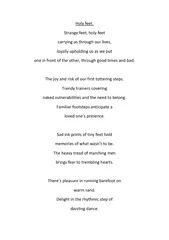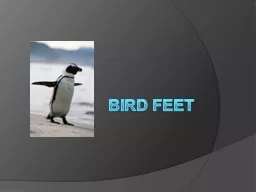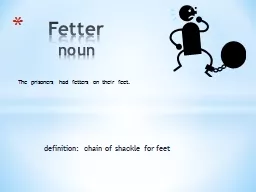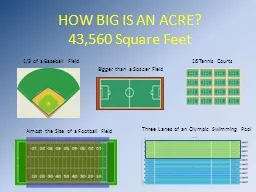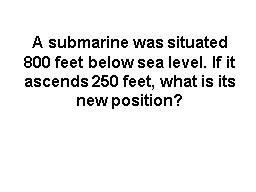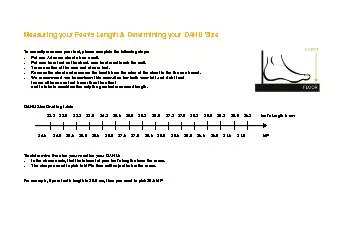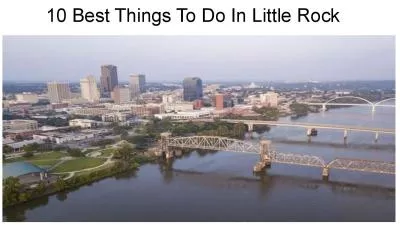PPT-There’s more things to study under our feet!
Author : briana-ranney | Published Date : 2017-05-28
WHAT IS A FOSSIL WHAT IS A FOSSIL WHAT IS A FOSSIL WHAT IS A FOSSIL TRACE or REMAINS of something that lived LONG AGO That exposes us to Earths BIOLOGICAL PAST
Presentation Embed Code
Download Presentation
Download Presentation The PPT/PDF document "There’s more things to study under our..." is the property of its rightful owner. Permission is granted to download and print the materials on this website for personal, non-commercial use only, and to display it on your personal computer provided you do not modify the materials and that you retain all copyright notices contained in the materials. By downloading content from our website, you accept the terms of this agreement.
There’s more things to study under our feet!: Transcript
Download Rules Of Document
"There’s more things to study under our feet!"The content belongs to its owner. You may download and print it for personal use, without modification, and keep all copyright notices. By downloading, you agree to these terms.
Related Documents



